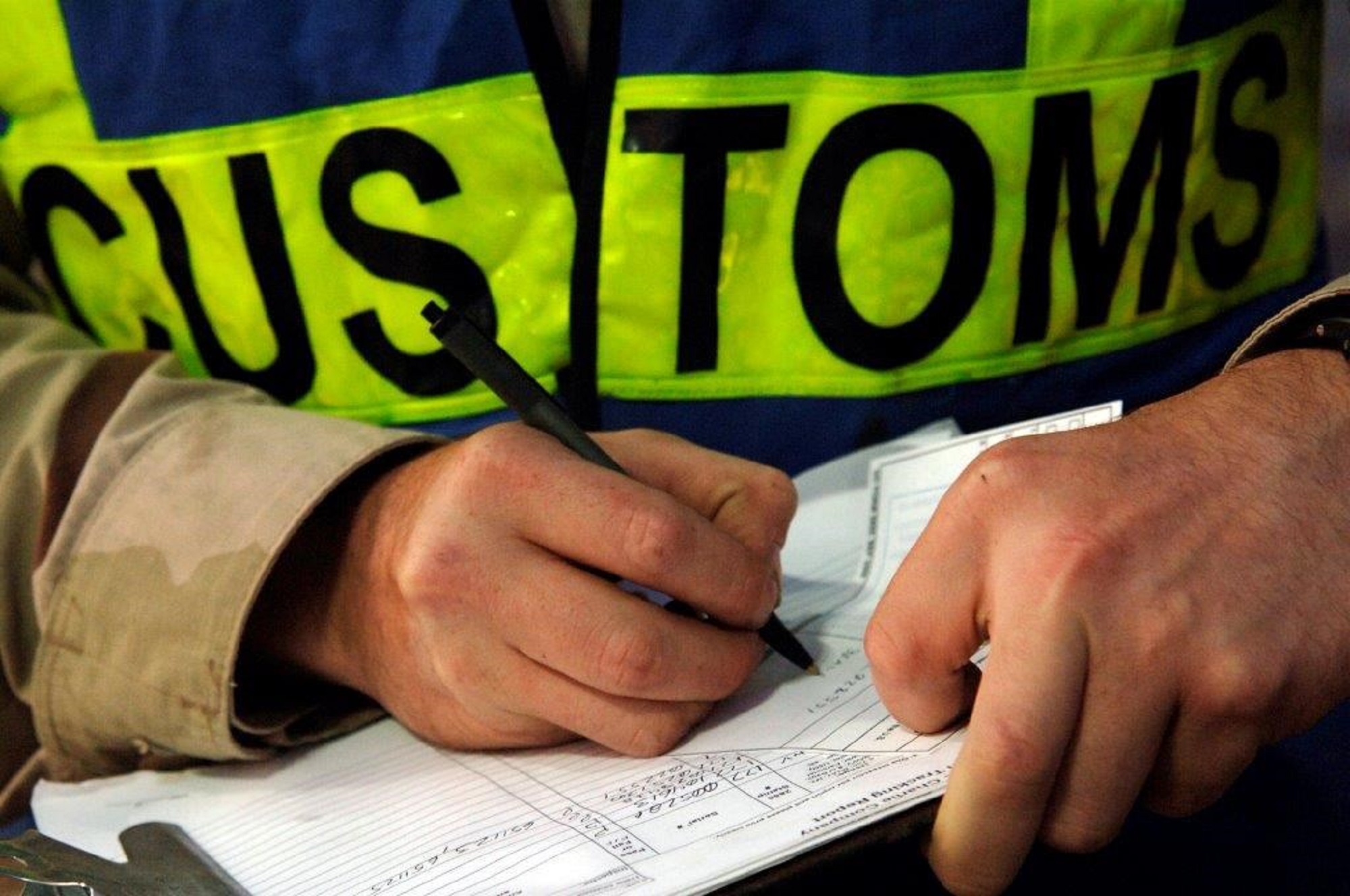Some time ago, the EU Commission has proposed several reforms of the VAT system that are aimed at improving and modernizing the levy of VAT. The central element of the proposal consists of a new system for the levy of VAT on cross-border intra-Community supplies of goods. Even though the proposal is still pending, the EU legislator has already adopted four measures which are meant to improve the current system. These so-called ‘Quick Fixes’ become effective as of January 1, 2020. In this article, we discuss the second Quick Fix, which relates to the allocation of transport for chain transactions.
Background
A chain transaction consists of multiple subsequent supplies of goods (e.g. party A supplies goods to party B, who in turn supplies the goods to party C). For logistic reasons, the goods are often sent directly from the warehouse of the first supplier (in this case: party A) to the last customer (in this case: party C). When the goods are transported from one Member State to the other, the cross-border transport can only be ascribed to one of the supplies in the chain. Only that supply can qualify for the VAT exemption (zero-rate) for intra-Community supplies of goods.
The current VAT legislation does not contain any rules for the allocation of transport in situations involving cross-border supply chains. Even though the European Court of Justice has provided some guidance by means of its case law, the lack of consistent rules means that businesses face considerable uncertainty on this point. Additionally, the different national approaches to the levy of VAT on chain transactions may lead to double taxation or non-taxation.
More about the other Quick Fixes:
New rules: Quick Fix for the allocation of transport
The second Quick Fix provides a uniform, simple rule for the allocation of transport in situations involving intra-Community chain transactions. As of January 1, 2020, the rule stipulates that in case the intermediary operator (party B) arranges the transport of the goods himself (or has it arranged on his behalf through a third party like a logistics service provider), the transport of the goods must be ascribed to the first supply (i.e. the supply by party A to party B). The second supply (i.e. the supply by party B to party C) is then a domestic supply in the Member State of arrival.
The Quick Fix has a different outcome when party B provides party A with his VAT identification number of the Member State of dispatch. In that case, the transport must be ascribed to the second supply, i.e. the supply by party B to party C. The first supply by party A is then a domestic supply in the Member State of dispatch.
Please note that this Quick Fix is tailored to the scenario in which the intermediary operator (party B) dispatches or transports the good by himself or on his behalf. This means that the simplification is not applicable in the situation that party A or the end customer (party C) arranges the transport of the goods.
How can you prepare your business for the Quick Fix?
The second Quick Fix allows businesses to set up their intra-Community supply chains in such a way that the allocation of transport can be determined in an easy and straight-forward manner. This promotes the legal certainty of all parties involved.
We advise businesses to establish the VAT treatment of their (intra-Community) supply chains in advance. In this context, it is recommendable to see whether the second Quick Fix can lead to a simplified treatment of the chain transactions. Possibly, VAT registrations and compliance obligations in other Member States can be avoided.
Even though the Quick Fix follows from EU law, Member States may implement or interpret the new rules differently. Do you have questions as regards this Quick Fix? In that case, please contact us.
This content was published more than six months ago. Because legislation and regulation is constantly evolving, we recommend that you contact your Baker Tilly consultant to find out whether this information is still current and has consequences (or offers opportunities) for your situation. Your consultant will be happy to discuss the latest state of affairs with you.





